Liverpool and Everton are not just two football clubs that are close to each other geographically, they are also interlinked with each other in many other ways. Most families on Merseyside are split in their support between the two clubs, which greatly adds to the competitive spirit, and if anything allows for the rivalry to reach levels that are very high, but not usually dangerously so.
After all, we still have to live with each other no matter what the outcome of each season, and especially when we have to face each other as we do this coming Sunday. There’s nothing more satisfying than beating your closest rivals, which is even more so for Everton in recent years where a point or two against us could be the only reason to celebrate all season.
With all of the competition between the two clubs, it would be expected that the managers of each club would be reluctant to allow the transfer of players between them, but in fact there have been quite a few ‘“ and a lot more than most would have expected.
 The rivalry that has existed (and grown) between the two clubs over the past hundred plus years began with a dispute over rent at Everton‘s home ground – Anfield. They chose not to pay the increased amount and so moved on to a new location (Goodison) across Stanley Park. That left Anfield owner John Houlding with a ground but no team to play on it, and so he founded Liverpool FC. In fact, he originally proposed naming his new club Everton Athletic, but the Football League refused to recognise that name for his team. One of the first players to be signed was Duncan McLean, who was previously an Everton player but chose to stay at Anfield rather than cross the park with his former team-mates. Duncan was one of the famous ‘Team of Macs’ that entered the Lancashire League in 1892.
The rivalry that has existed (and grown) between the two clubs over the past hundred plus years began with a dispute over rent at Everton‘s home ground – Anfield. They chose not to pay the increased amount and so moved on to a new location (Goodison) across Stanley Park. That left Anfield owner John Houlding with a ground but no team to play on it, and so he founded Liverpool FC. In fact, he originally proposed naming his new club Everton Athletic, but the Football League refused to recognise that name for his team. One of the first players to be signed was Duncan McLean, who was previously an Everton player but chose to stay at Anfield rather than cross the park with his former team-mates. Duncan was one of the famous ‘Team of Macs’ that entered the Lancashire League in 1892.
Another player to make the switch from Everton to Liverpool in that first year was Tom Wylie. Liverpool won the Lancashire League in their first season, and were then elected into the Football League’s Second Division. By the time they kicked off their second season, they had added another former Evertonian – Patrick Gordon, in 1893. It’s amazing to think of it now, but they added yet another former Evertonian in March of 1894 – John Whitehead. Liverpool’s first season in the League ended with them being undefeated Division Two Champions, and they were duly promoted to Division One for the 1894-95 season. That was not too successful, with Liverpool being relegated at the end of the campaign, managing only seven wins in thirty games played.
But, the exodus of Everton players to cross the park and join Liverpool continued as Fred Geary was the next to arrive in May of 1895. Fred was famous as Everton‘s top scorer in the 1889-90, 1890-91, and 1892-93 seasons. He is also the holder of a record that no Everton player will ever take from him, as he scored the first ever goal for Everton at Goodison Park in their first season at their new home in 1892. Liverpool paid the sum of £60 to bring Geary’s scoring touch to Anfield (or should I say back to Anfield?) with a record of 86 goals in 99 appearances for Everton. It must have taken some convincing to persuade a top player at a First Division club to join Liverpool who were then down in the Second Division. But, it was not for long as Fred helped the Reds to win the Second Division Championship and put them back in the top flight for the 1896-97 season. That was more successful than their previous experience, finishing a respectable 5th and also reaching the semi-final of the FA Cup.
One more player was to change from Blue to Red before the close of the 19th Century was Abraham Hartley, who made the switch in December of 1897. With six Everton players making the move to Liverpool over the first six years, it might look like there was some plan in place for one Everton player to make the change every season. Of course that’s not true, and it’s probably no surprise that the movement of players slowed down considerably, with the next transfer being almost seven years later, when David Murray became the seventh player in the stream of one-way transfers, joining Liverpool in August of 1904. By this time, Liverpool had won their first League Championship in 1901, and were now being relegated again to Division Two after finishing 17th at the end of the 1903-04 season.
That was another short stay in the lower division as Liverpool finished first and were promoted back to the First Division for the 1905-06 season. That was to be the beginning of a nearly fifty year run in the top flight, and began with Liverpool winning their second League Championship in their first season back in Division One. Don Sloan arrived from Everton in May of 1908, and was followed nearly four years later by Tom Gracie in February of 1912, as the first move that would see a flurry of transfer activity between the two clubs.
 That’s now nine former Everton players to cross Stanley Park from Goodison to Anfield, and it was only a few days after Tom’s move that the first transfer from Liverpool to Everton took place when Harold Uren made the switch from Red to Blue. That was not the end of the activity either, with Bill Lacey (pictured left) leaving Everton for Liverpool the day after Harold went in the opposite direction. It was only four months later, in June of 1912, that Arthur Berry was transferred from Goodison to Anfield, making a total of four transfers between Liverpool and Everton (3 in and 1 out) in only four months. Arthur Berry was in fact an amateur at the time of his transfer, having been a two-time Olympic Gold medallist, winning in 1908 and again in 1912.
That’s now nine former Everton players to cross Stanley Park from Goodison to Anfield, and it was only a few days after Tom’s move that the first transfer from Liverpool to Everton took place when Harold Uren made the switch from Red to Blue. That was not the end of the activity either, with Bill Lacey (pictured left) leaving Everton for Liverpool the day after Harold went in the opposite direction. It was only four months later, in June of 1912, that Arthur Berry was transferred from Goodison to Anfield, making a total of four transfers between Liverpool and Everton (3 in and 1 out) in only four months. Arthur Berry was in fact an amateur at the time of his transfer, having been a two-time Olympic Gold medallist, winning in 1908 and again in 1912.
The First World War put a stop to all Football League activity from 1915 to 1919, but it wasn’t long before the trade resumed. In fact it was only a few months after the League re-started that Liverpool bought Frank Mitchell from Everton in December of 1919. It was then not until March of 1927 that only the second transfer from Liverpool to Everton took place, with striker Dick Forshaw leaving behind a record of 124 goals in 288 appearances for Liverpool to join Dixie Dean at Everton. That was a successful move as Dick helped Everton to win the First Division in the 1927-28 season (their third League title).
The next four transfers were all from Everton to Liverpool, with Thomas Johnson (March 1934), Ted Harthill (January 1936) and John Heydon (January 1949) all making the move. The fourth one out of those was Jack Balmer, who arrived from Goodison in May of 1935. Jack was a nephew of Everton players Bill and Bob, and so it was no surprise that Liverpool born Jack signed amateur forms for the Blues. But, having been ignored by Everton, Liverpool came in to sign him in May of 1934, where he stayed until his retirement in 1952. Jack was a prolific striker, scoring a hat-trick of hat-tricks in the 1946-47 season, as Liverpool were once again crowned League Champions. Jack was made captain the following season, and formed a prolific partnership with Albert Stubbins. By the time he retired, Jack had played in 312 games for Liverpool, and had scored 111 goals.
The rivalry between the two clubs had been growing by leaps and bounds as the post-war years progressed. Liverpool were in a position of struggling to maintain the form of the Championship winning season of 46-47, and spent the next few years mired in mid-table mediocrity. But in 1951, the smiles on the faces of Liverpool supporters had little to do with the Reds and more to do with the pleasure of seeing Everton relegated to the Second Division. The pleasure didn’t last too long though, as the Blues were on their way back up in the summer of 1954 after finishing 2nd in the lower division. Now it was the turn of the Blues to smile at our expense as they had the double pleasure of seeing the Reds pass them on their way down! Liverpool’s run in the First Division came to an end in that summer (1954) as they were relegated to Division Two after finishing 22nd.
By the mid-1950’s, player transfer fees were beginning to rise sharply, and Everton paid £5,000 to take Jimmy Payne from Anfield to Goodison in April of 1956, making him only the third Liverpool player to join the blues directly. The next transfer was Tony Macnamara, who moved from Everton to Liverpool for a fee of £4,000 in December of 1957, making him the seventeenth player to change from Blue to Red (or twentieth transfer between the two rivals). That’s quite a few players to have been brought in from any one club, even though it was over a period of sixty five years (i.e. an average of one transfer between them every 3¼ years). The next player to move across Stanley Park to Anfield, was to be the last before the end of the 20th century.
 Ellesmere Port born Dave Hickson signed on as an Everton player in 1948. He spent three years in the army, where he was coached by the legendary Dixie Dean, and then made his professional debut for Everton in 1951. He made his mark in the 1953-54 season, when he scored 25 goals in helping Everton to gain promotion to the First Division. Then, after only one more season he was off to Aston Villa, then Huddersfield where he was top scorer with 22 in their 1956-57 season in Division Two under Bill Shankly. In the summer of 1957 he returned to Everton. He was a fan favourite at Goodison, not just for his obvious talents but also for his commitment and will to win.
Ellesmere Port born Dave Hickson signed on as an Everton player in 1948. He spent three years in the army, where he was coached by the legendary Dixie Dean, and then made his professional debut for Everton in 1951. He made his mark in the 1953-54 season, when he scored 25 goals in helping Everton to gain promotion to the First Division. Then, after only one more season he was off to Aston Villa, then Huddersfield where he was top scorer with 22 in their 1956-57 season in Division Two under Bill Shankly. In the summer of 1957 he returned to Everton. He was a fan favourite at Goodison, not just for his obvious talents but also for his commitment and will to win.
Hickson was worshipped by the Evertonians as much as he was despised by the Liverpudlians, and so it was something of a shock that Dave Hickson became the eighteenth player to move from Everton to Liverpool, for a fee of £12,000 (the first to break the £10k barrier). He made an immediate impression on the Anfield faithful by scoring twice on his debut. One more irresistible piece of trivia is that Dave later played a couple of seasons for Tranmere Rovers, and is the only player to have played for all three Merseyside clubs.
Liverpool appointed Bill Shankly as their manager in December of 1959, and soon regained their place in Division One at the end of the 1961-62 season. From that point onward, the rivalry became even fiercer as the two clubs battled for local and national supremacy. By the time Bill Shankly retired in the summer of 1974, the two clubs had claimed five League Championships, three FA Cups, six Charity Shields and a UEFA Cup (with Liverpool having the majority of the success). During those years, only one player made the switch, with John Morrisey leaving Liverpool for Everton in September of 1962 for a fee of £10,000.
The next transfer would not be for almost twenty years, when Kevin Sheedy also left Liverpool for Everton in May of 1982, for a fee of £100,000. David Johnson followed after a few months, and Alan Harper made the same move a year later, both for £100,000.
Liverpool, under the management of Kenny Dalglish, broke the English transfer fee record in 1987 to sign Peter Beardsley for £1,900,000. Graeme Souness then sold him to Everton in a controversial move for a ‘œbargain’ fee of £1,000,000 in August of 1991. The Souness clear-out continued with Gary Ablett following Beardsley for £750,000 in January of 1992. That then made a run of six Liverpool players to be transferred directly to Everton over the thirty years from 1962 to 1992. It would then be another eight years before the next transfer, coming in the summer of 2000.
 |
| BARMBY: Moved across the Park to win trophies – and got a treble in 2001 |
Nick Barmby spent four seasons with Everton, from 1996 to 2000, and then signed for Liverpool manager Gerard Houllier in the summer of 2000 for a fee of £6,000,000, which remains Liverpool’s fifteenth most expensive transfer fee paid. It had been forty one years since a player had been signed directly from the Blues (Hickson in 1959) and it caused something of an uproar amongst Everton supporters. Nick described the move as a dream come true, which was natural for him as a professed Liverpool supporter since childhood. Houllier was surprised at the reaction of the Evertonians saying, ‘œIt’s not as if he’s changed his religion’ (which some people may say shows how little Monsieur Houllier really understood the feelings of the fans). Nick scored his first goal for his new club, against his former club, in the Anfield derby after only a handful of appearances. He went on to play a significant part in the treble winning side of his first season as a Red, picking up a career’s worth of medals for his efforts after leaving Everton empty-handed in terms of honours. One final player to make the transfer was Portuguese International Abel Xavier, also signed by Gerard Houllier, in January of 2002 for a fee of £750,000.
That makes a total of no less than 29 players to make the direct move between Liverpool and Everton, with 20 of those being from Goodison to Anfield and 9 in the opposite direction. The most surprising part of this figure is that it turns out to be the greatest number of transfers between Liverpool and any other club, and 10 more than the next most common. Since Everton are our closest neighbours and most common trading partner, it would be natural then to expect Tranmere Rovers to be the next most common club for transfers, which turns out to be correct. What is perhaps most surprising is that there have only been 19 players transferred between Liverpool and Tranmere, with 4 from and 15 to the Wirral club. The next most common is Sunderland with 17, followed by a group of four clubs with 16.
The number of transfers between the two rival clubs is surprising to begin with, but even more so when we realise that there are also a fair number of players who played for both sides without making the move directly. David Burrows, Steve McMahon, and Don Hutchison have all represented both clubs, while a few others such as Dave Watson, Alan Harper, and Mike Newell played for Liverpool as youths and later played for Everton at the senior level. Beyond that, there are a fair number of Liverpool players who grew up as Evertonians. These include Robbie Fowler, Steve McManaman, Michael Owen, Ian Rush, and Jamie Carragher. Steven Gerrard was even photographed in an Everton strip as a young lad, much to the delight of the Blues supporters who found a copy of it.
With all of that activity between the two Merseyside clubs, they might look more co-operative than competitive. Perhaps that’s not so surprising when we think not only of how physically close the two clubs are to each other, but also of how the two clubs are historically related. In fact, the analogy could be that the two clubs are like brothers and perhaps should respect each other as such. Then again, is there anything more satisfying than beating your brother?
My thanks to Doug from Bootle for asking some questions, regarding transfers between the two clubs, that eventually led to the writing of this column.
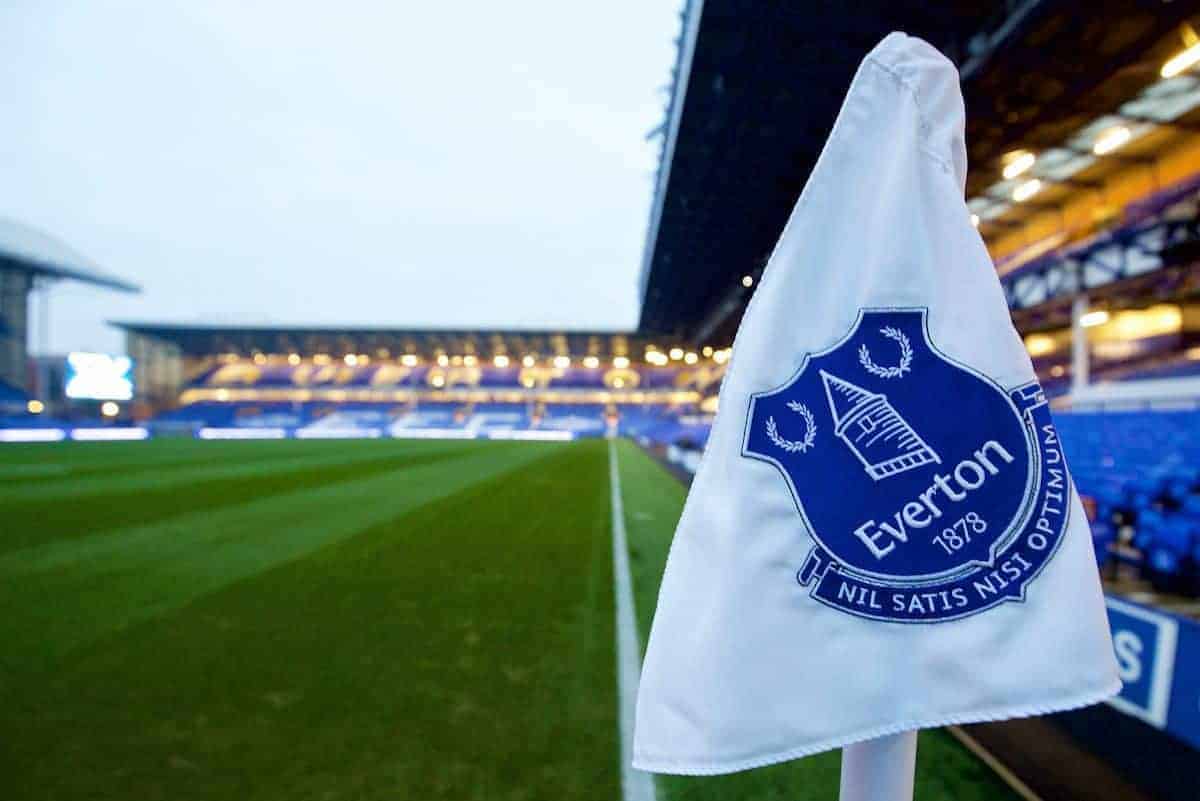



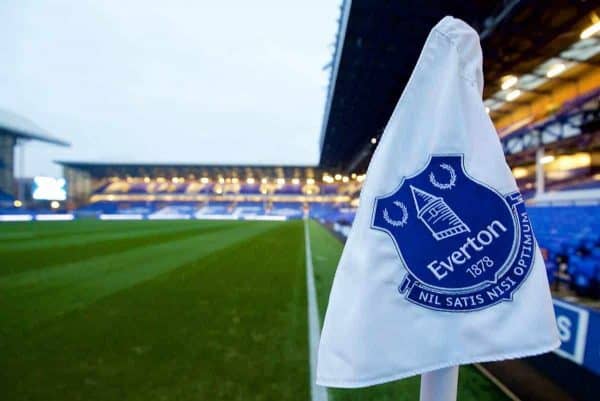
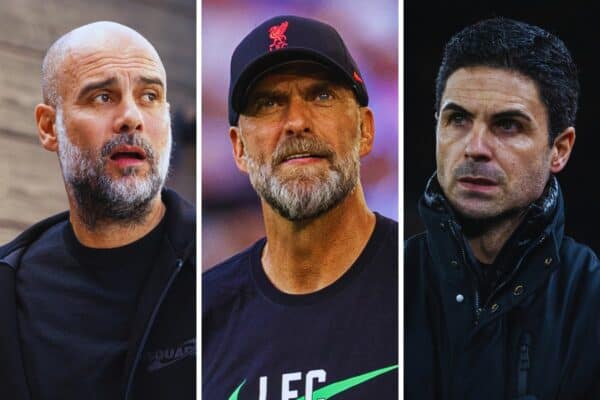
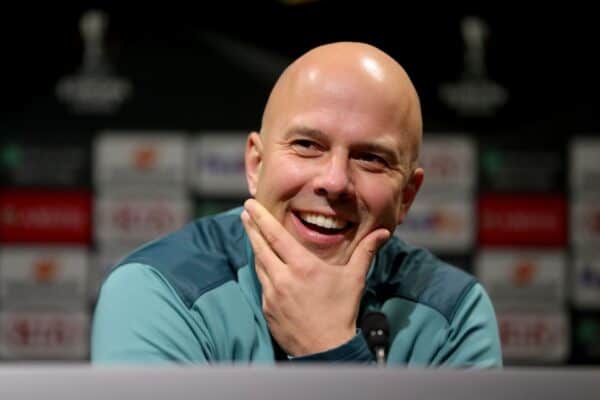
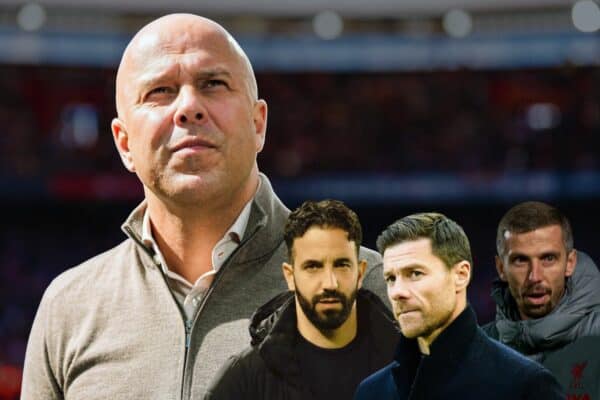
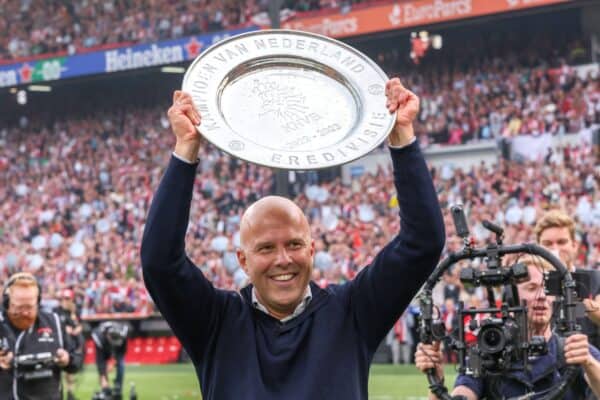
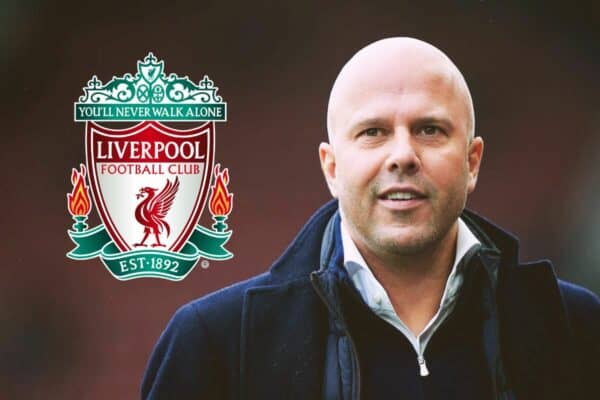
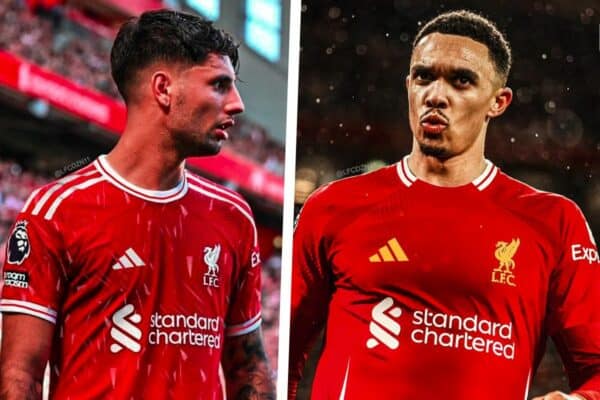
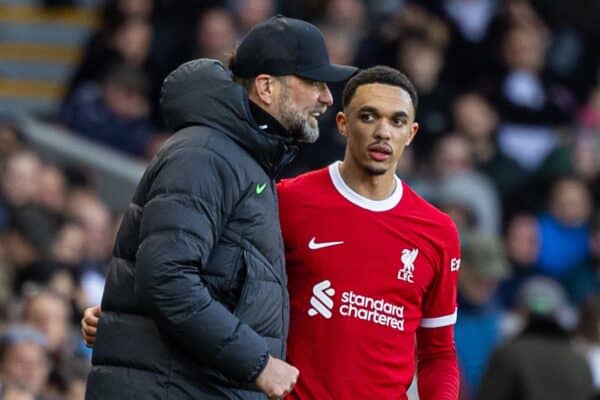




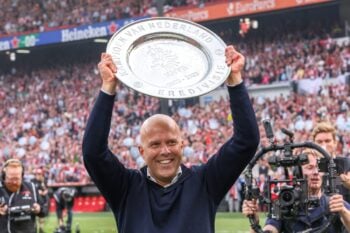
Fan Comments